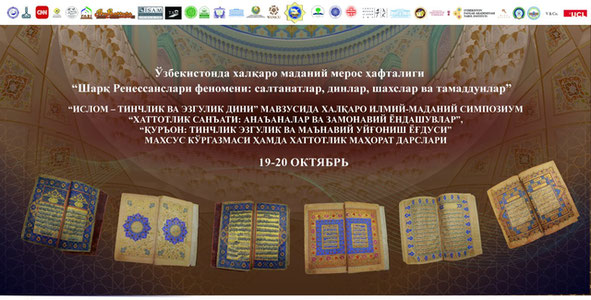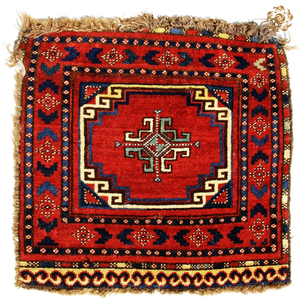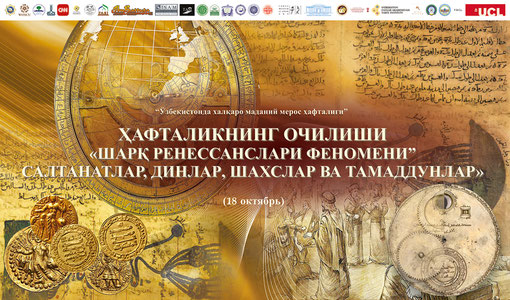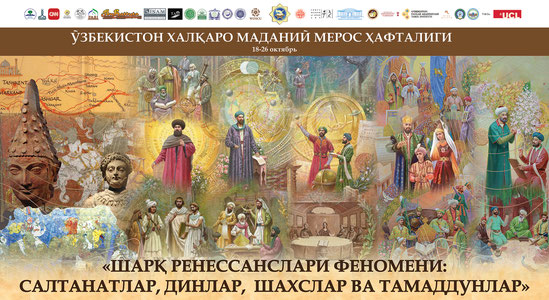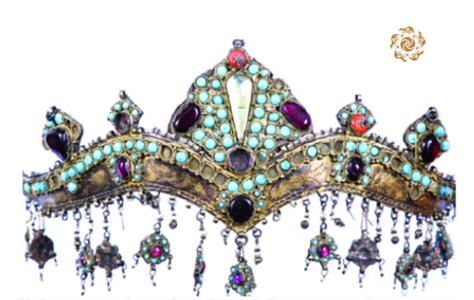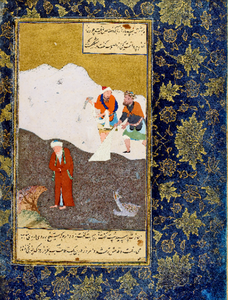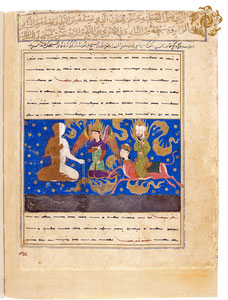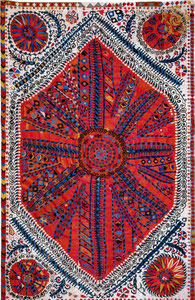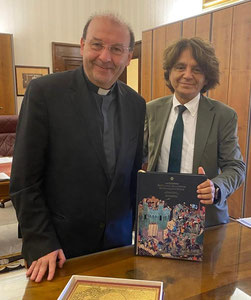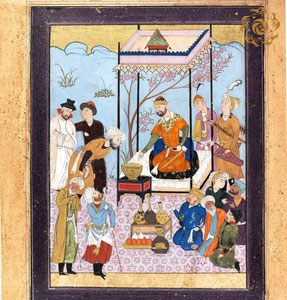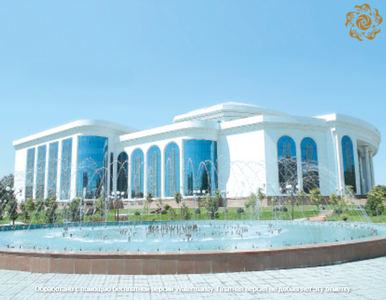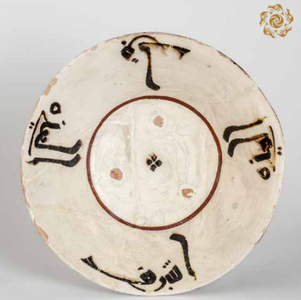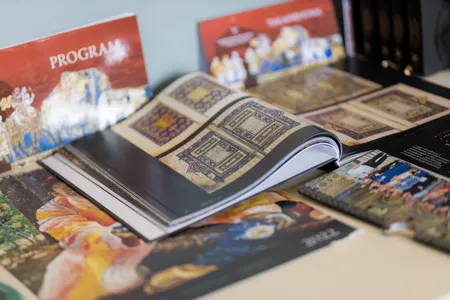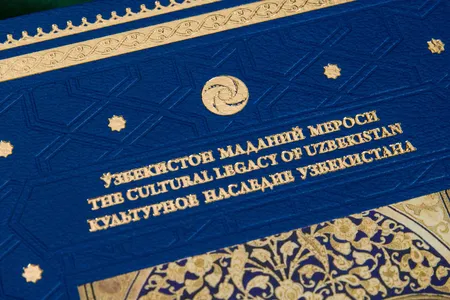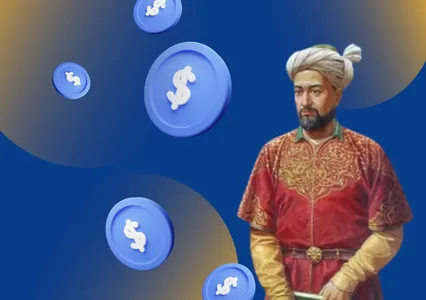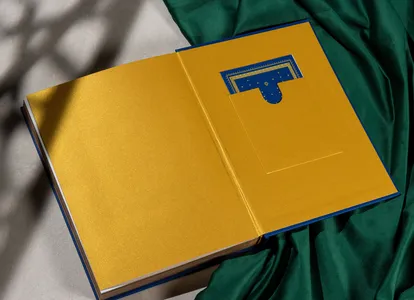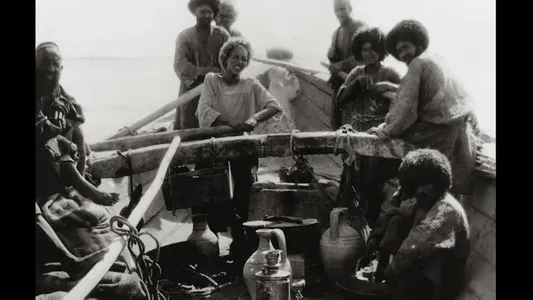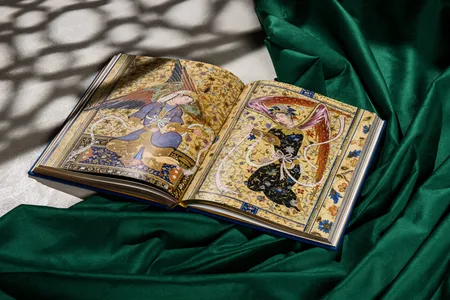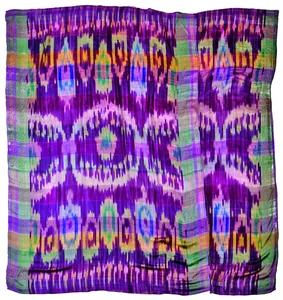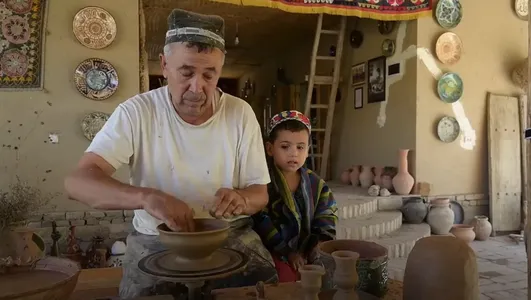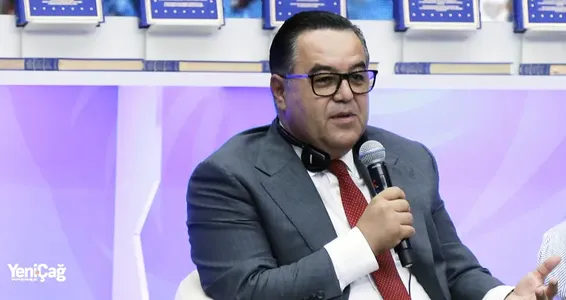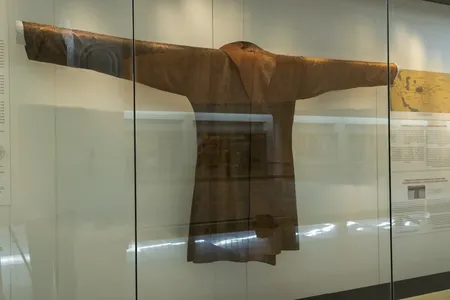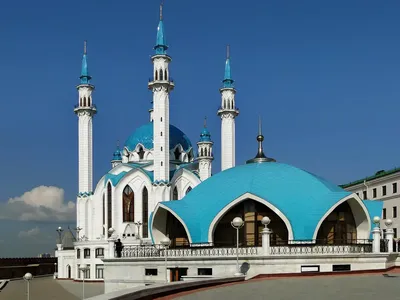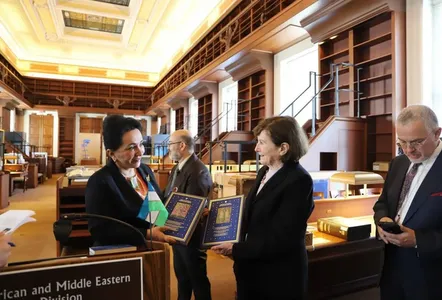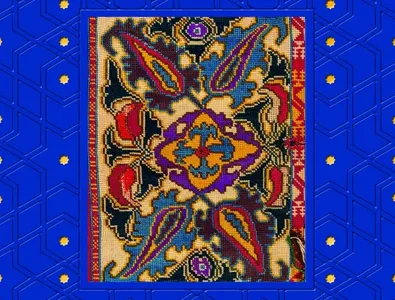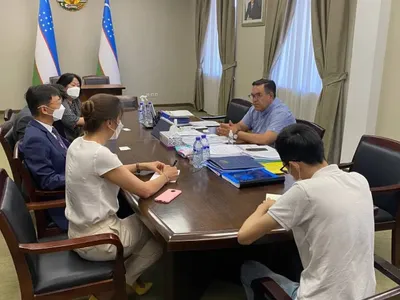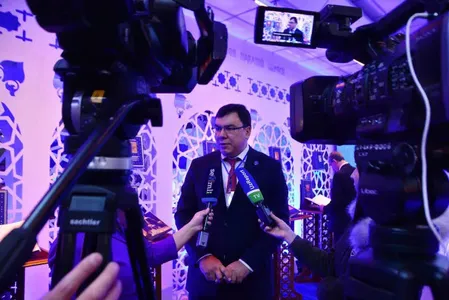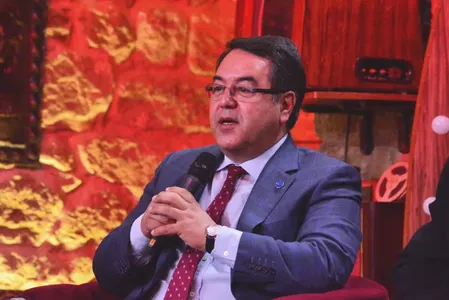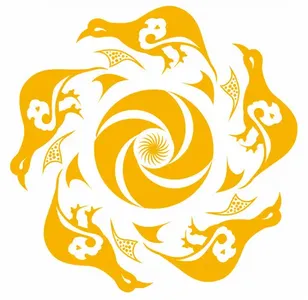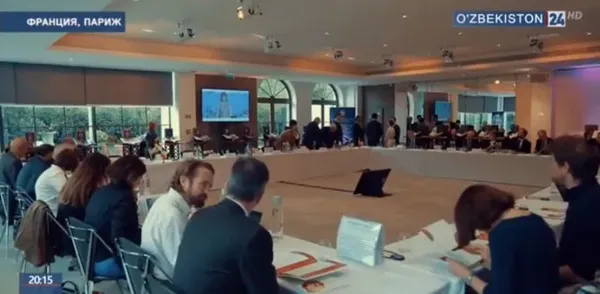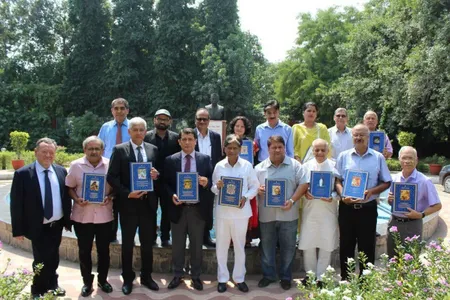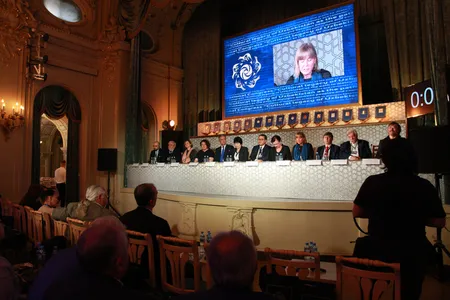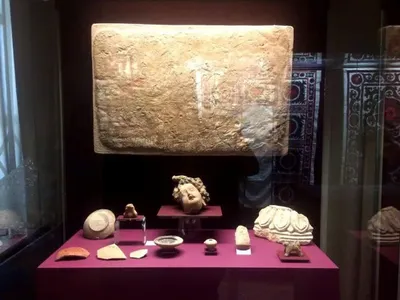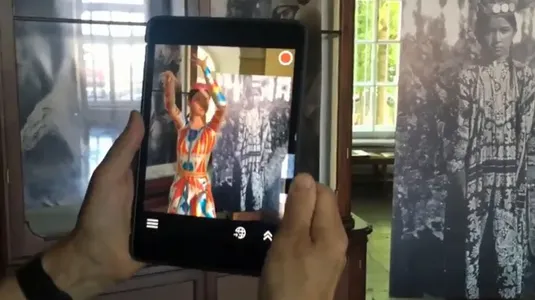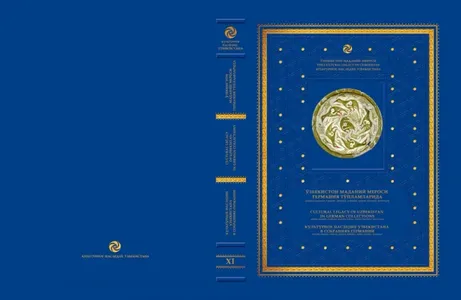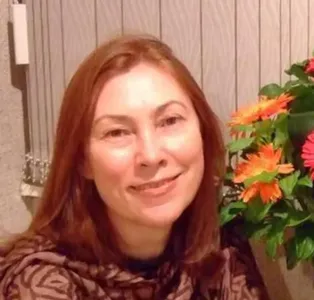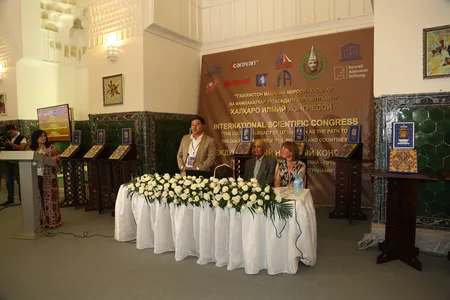Artist Hirayama Ikuo was a deeply religious man. Perhaps this fact, as the artist likely believed, saved him from his terminal illness. At that time, interest in the origins of Buddhism grew, prompting Hirayama's desire to see the countries along the Silk Road. In 1968, he visited Afghanistan, Kazakhstan, Pakistan, and, of course, Uzbekistan. His dream of seeing Samarkand and Bukhara—cities described by Xuanzang in his work "Journey to the West," which inspired Hirayama—came true. During this trip, he created several sketches that would eventually become part of a unique collection of his works. However, the artist would not return to Uzbekistan for another 30 years. Nevertheless, he remained closely connected to the country for the rest of his life and became an honorary citizen of Tashkent.
Hirayama created numerous paintings dedicated to the Silk Road. However, his activities were not limited to painting. He invested significant funds in the restoration of cultural heritage monuments in Central Asia. In 2002, he opened the Caravanserai of Culture in Tashkent as a center for his organization's expeditions, exhibitions, restoration work, and exchanges of ideas, discussing the achievements of Uzbek and Japanese scholars and cultural figures. In his later years, the artist supported local potters from various regions of Uzbekistan by purchasing their works.
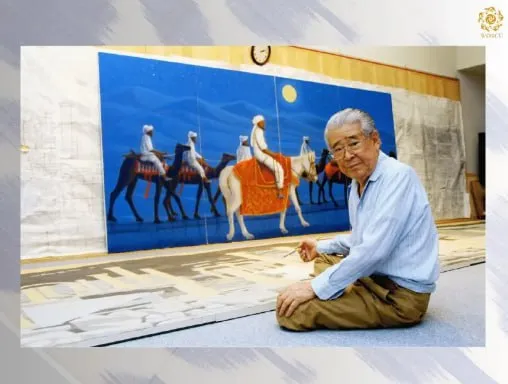
You can learn more about this topic in the book-album "The Cultural Heritage of Central Asia in Japanese Museums".
The main sponsor of the project is the oilfield services company Eriell-Group.

